

Damion Smy
2026 Volkswagen Tayron review
1 Day Ago

Senior Contributor
Lexus has confirmed speculation its brand new NX mid-sized SUV will come with a plug-in hybrid (PHEV) drivetrain option – but it’s less clear when or if Australian buyers will be able to get their hands on one.
That’s despite the presence of rival PHEV luxury SUVs, such as the Mercedes-Benz GLC300e, Volvo XC60 T8, and soon-to-launch BMW X3 xDrive30e.
Cheaper PHEV alternatives include the MG HS PHEV, while other options confirmed to come soon include the Peugeot 3008 PHEV (late 2021), a new-generation Mitsubishi Outlander PHEV (early 2022), and Ford Escape PHEV (delayed, now early 2022 as well).
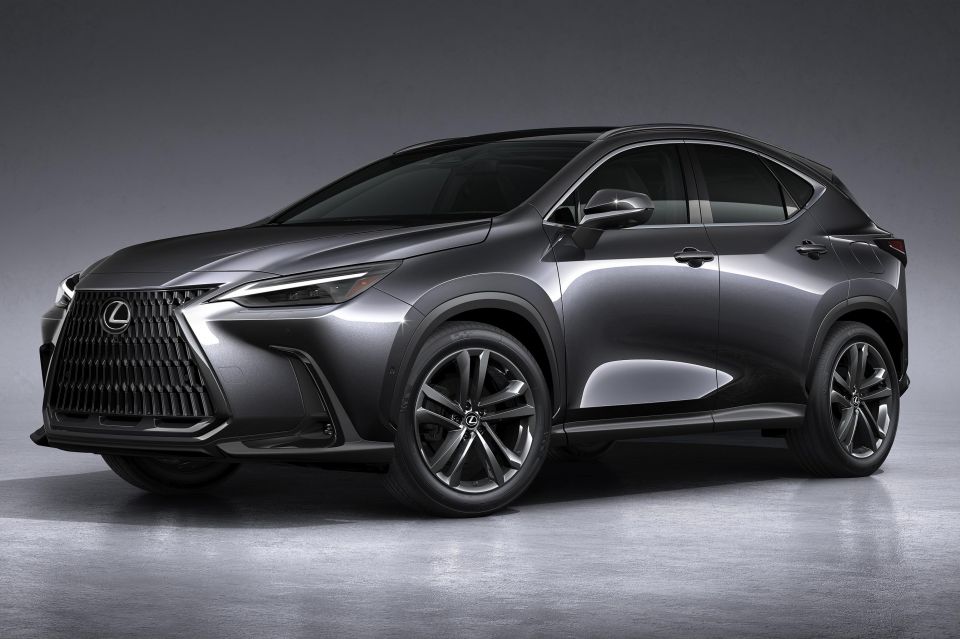
The dual-motor all-wheel-drive Lexus NX450h+ PHEV pairs a 2.5-litre engine with motors on each axle and an 18.1kWh battery pack.
While not confirmed, this looks the same as the Toyota RAV4 Prime’s drivetrain, which makes a total of 225kW.
Lexus in the US expects a driving range in electric mode near 60km, and a swift 0-60mph (0-97km/h) time of 6.0s
It can be fully charged at an AC wall box in approximately 2.5 hours when equipped with the optional 6.6kW on-board charger.
Lexus Australia says “the all-new NX will also become the first Lexus plug-in hybrid electric vehicle (PHEV), and further details will be communicated about the NX450h+ in due course”. Further enquiries to the company yielded no more.
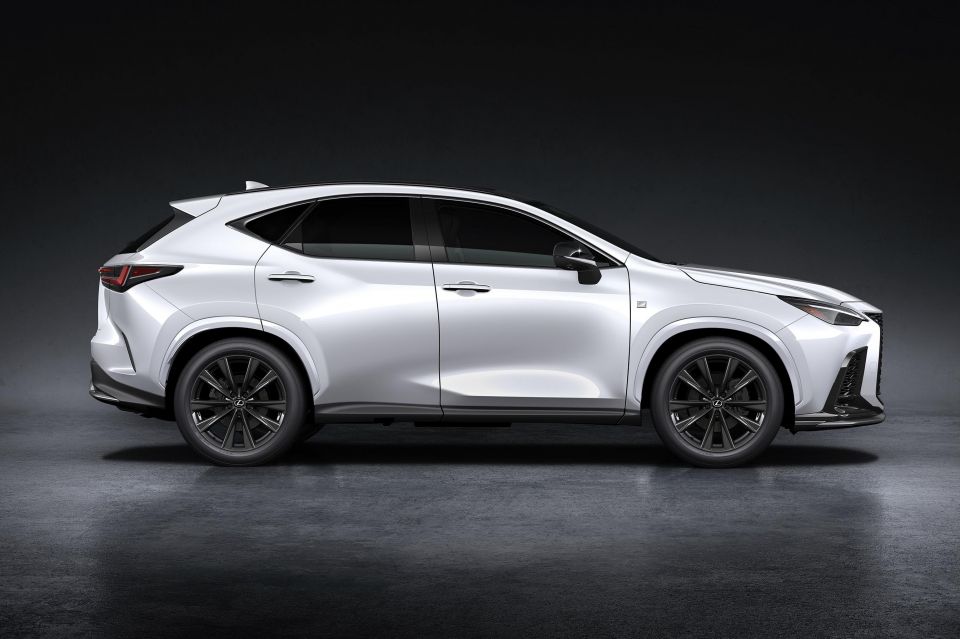
For now, an overhauled version of the ‘regular’ NX hybrid is locked in for a November 2021 Australian launch – to be dubbed NX350h instead of the current NX300h – alongside a new 2.4-litre turbocharged NX350 and base 2.5-litre NX250.
This milder ‘self-charging’ hybrid pairs the 2.5-litre petrol four with a single smaller electric motor and much lower-capacity lithium-ion battery pack. The optional all-wheel drive system is constantly and fully variable.
Lexus USA suggests the target is 20 per cent more horsepower than the NX300h, improved fuel economy, and a 1.5-second quicker 0-97km/h claim.
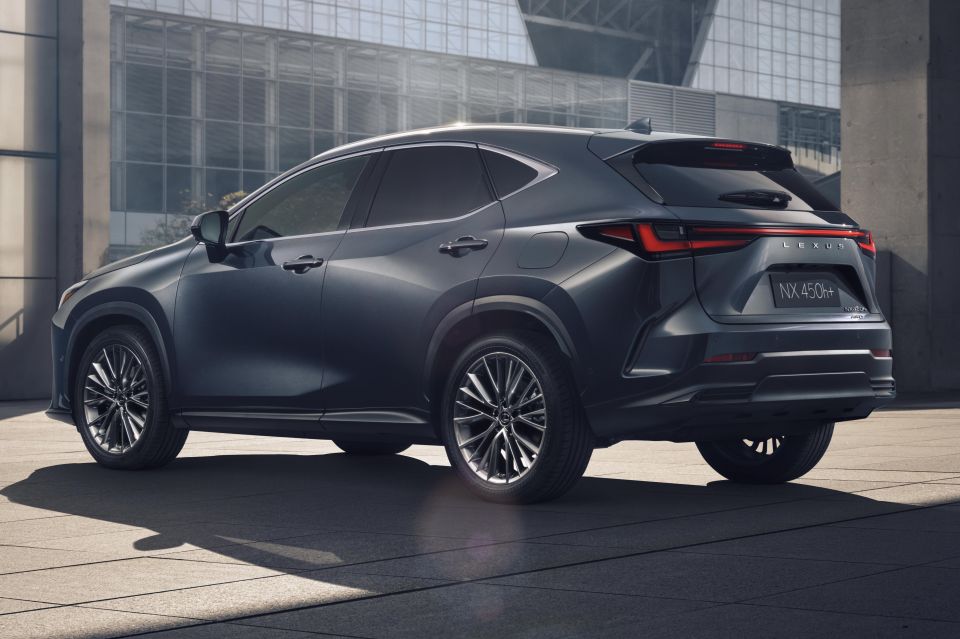
Lexus has had success with its hybrids. In the case of the smaller Lexus UX, the hybrid is actually the most-purchased drivetrain. The all-electric UX300e is the company’s first EV, and is due in Australia in November.
Conversely, PHEV sales continue to languish without firm CO2 targets: to the end of May 2021 Australians have bought 30,816 hybrids versus just 1122 PHEVs.
Lexus’ parent Toyota Australia also has no fixed plan to launch plug-in hybrid vehicles such as the popular-overseas RAV4 Prime, citing the technology’s high cost and the added complexity of charging as deterrents.
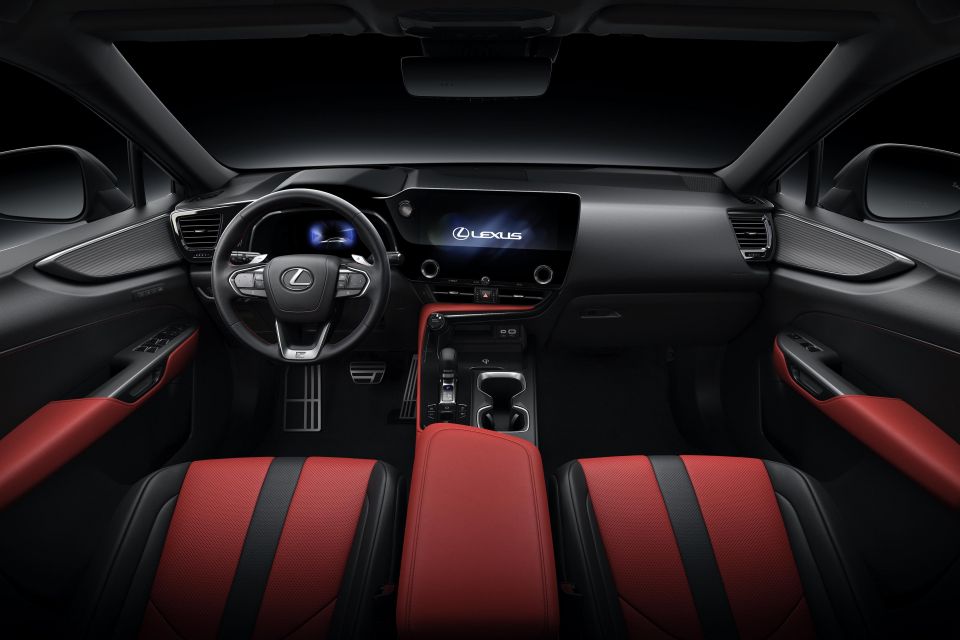
It also says it doesn’t oppose PHEVs and will “inevitably” offer them down the line as part of a broader hybrid, battery electric, and hydrogen fuel-cell model mix designed to help slash its emissions by 2030 in line with industry-wide aspirations explained here.
“There’s a proportion [of RAV4 hybrid buyers] that want the PHEV, but at the moment with the RAV4 Prime there is still an issue around the affordability of that vehicle. This is not a cheap vehicle,” Toyota Australia head of product planning Rod Ferguson told us.
In the US, the entry-level RAV4 Prime SE starts at US$38,250 ($49,400), while the base RAV4 Hybrid LE is just $28,800 ($37,200).
A fairer comparison, though, is between the US$41,575 ($53,700) Prime XSE and US$34,750 ($44,900) Hybrid XSE.
Mind you, the US$8450 price difference between the base models is mostly negated by a federal tax credit of US$7500. In fact, that tax credit arguably make the Prime XSE better value as the price gap is just US$6325.
One might speculate Lexus’s premium focus might make the NX PHEV a more palatable proposition…
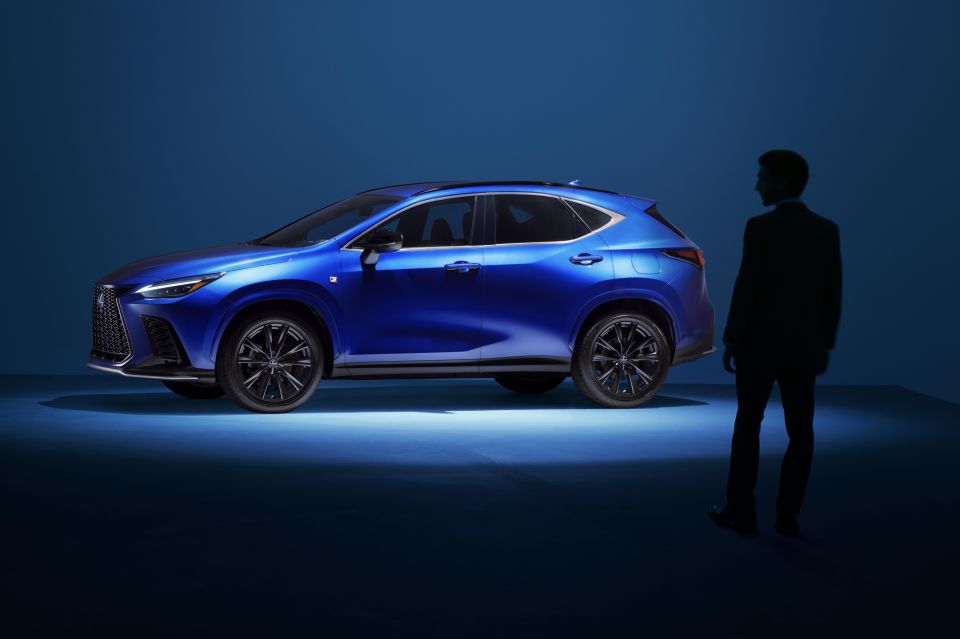
The completely overhauled NX detailed here sits on new TNGA platform shared with the Toyota RAV4, has a range of improved or all-new engines, a much higher-tech cabin, and slinkier design language.
Do you want to see the Lexus NX PHEV on these shores? Let us know below.
Where expert car reviews meet expert car buying – CarExpert gives you trusted advice, personalised service and real savings on your next new car.


Damion Smy
1 Day Ago
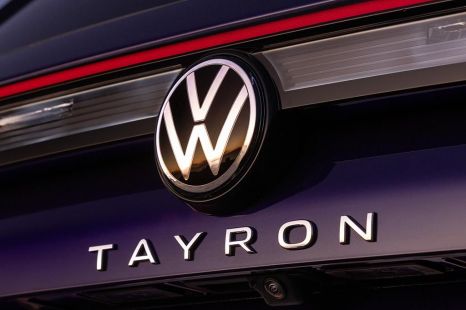

Damion Smy
1 Day Ago
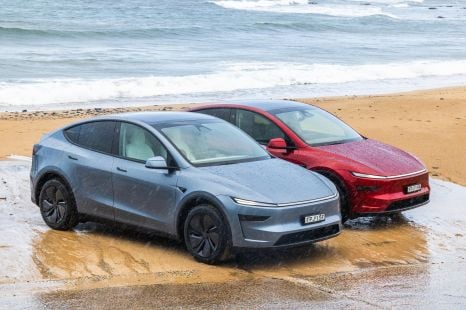

William Stopford
5 Days Ago


Damion Smy
6 Days Ago
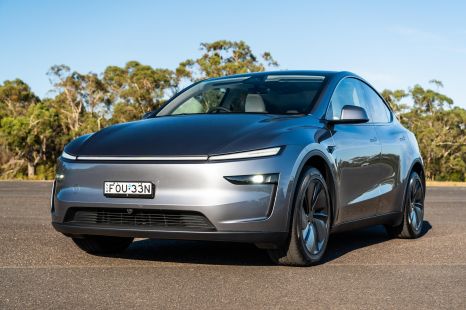

CarExpert.com.au
6 Days Ago


Damion Smy
7 Days Ago